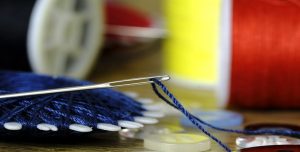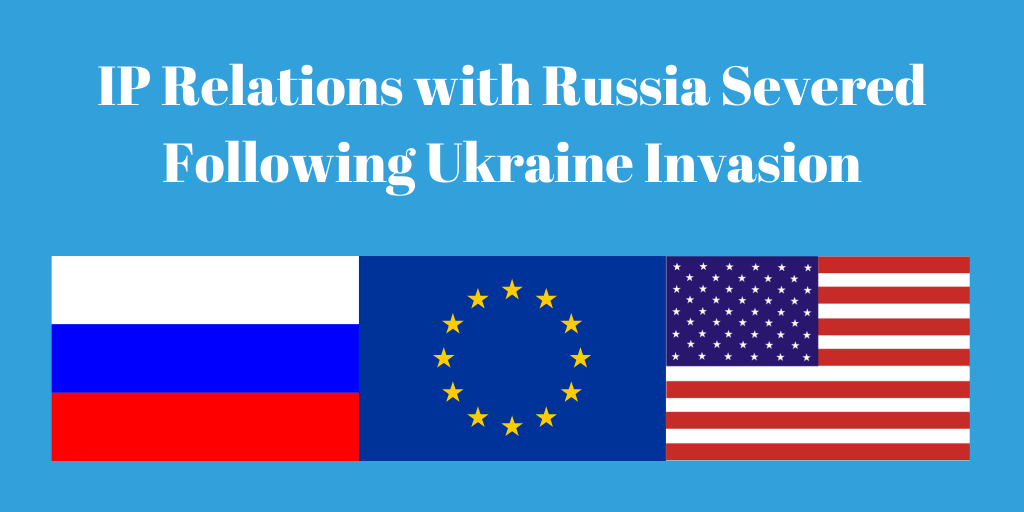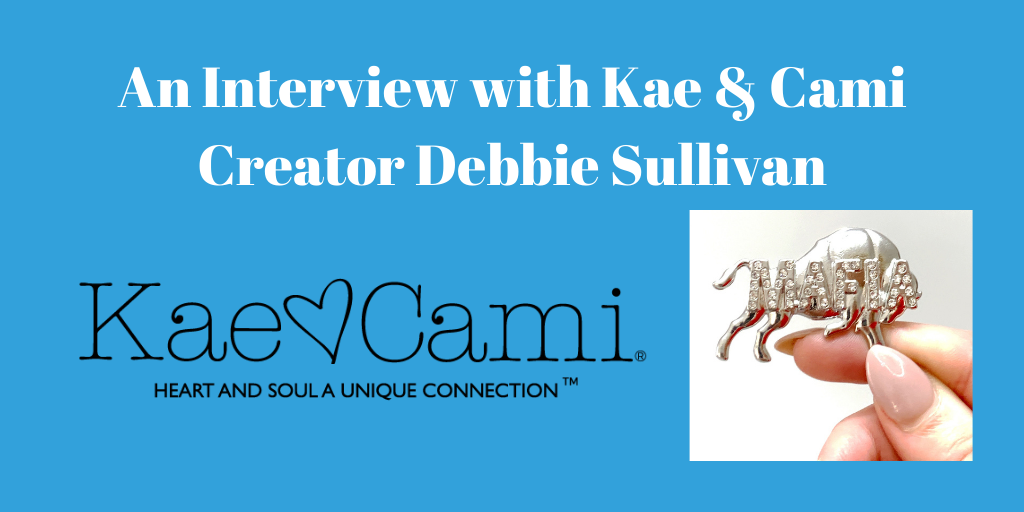Trademarks are one of the oldest forms of protection for intellectual property. However, they continue to be an extremely valuable form of protection to this day. Trademark law provides protection for source identifiers. But what can serve as a source identifier and qualify for trademark protection?
Words and phrases.
One of the most common marks to qualify for protection would be words. Words like Nike and Adidas are some famous marks that have been trademarked. But not every word will qualify for trademark protection. In order for a word to qualify for trademark protection, the word has to be either inherently distinctive or attain secondary meaning in the minds of the consumers. Additionally, the relationship between the mark and the product or services must be assessed to determine whether there is trademark protection. Phrases, just like words, can qualify for trademark protection.
However, generic marks will not qualify for trademark protection. Generic marks are words that describe or identify a category of goods rather than the source itself. One reason why generic marks do not qualify for trademark protection is that it would be very difficult to determine the source of the goods when the mark describes the category itself. Moreover, granting protection for a generic mark could greatly hinder competition and prevent a large number of manufacturers from using a word to describe their products.
Symbols
Marks such as symbols would be another common type of identifier that are commonly trademarked. Think of Nike’s “swoosh” mark or the logo for Apple. These symbols or logos immediately bring the manufacturer or source into the minds of consumers. Words and symbols are some of the most common things to be trademarked. However, in addition to words and symbols, the courts and the United States Patent and Trademark Office (“USPTO”) have found various other things to be eligible for trademark protection. One of these things would be color.
Color
In some some instances, color can qualify for trademark protection. For example, in Qualitex Co. v. Jacobson Products Co., the court found Qualitex’s unique gold-green color of their press pads qualified for trademark protection. The court held that “[i]t would seem, then, that color alone, at least sometimes, can meet the basic legal requirements for use as a trademark. It can act as a symbol that distinguishes a firm’s goods and identifies their source, without serving any other significant function.” Pretty neat, huh?
However, if the color has a functional purpose, it would most likely not qualify for trademark protection. For example, an aspect of a mark is functional when it is essential to the primary purpose of the product. There is less likely to be trademark protection for a certain aspect of a mark such as color when it would some how inhibit or hinder competition for a market.
Scent
Of the various source identifiers that can be protected, scents are one of the unique things that can be trademarked. However, it is most likely that scents need to acquire secondary meaning before they can qualify for trademark protection. For example, when consumers begin to associate a unique kind of scent or smell with a particular source, the scent could have been said to have acquired secondary meaning.

Some examples of a trademarked scent include a floral fragrance used in connection with sewing thread and yarn. (U.S. Reg. No. 1,639,128.) More specifically, the mark on the USPTO website is described as “a high impact, fresh, floral fragrance reminiscent of plumeria blossoms.”
Sounds
Sound is another source identifier that can be trademarked. Think of famous tones and jingles that you recognize immediately such as the NBC chime. A sound most likely has to gain secondary meaning before it can be trademarked.
If you want to see or hear some sound trademarks, click here.
What about taste?
Unfortunately, it would be hard for taste to qualify as a source identifier and most likely be ineligible for trademark protection. One reason why may be that there is always a subjective interpretation for tastes and everyone may differ as to how something actually tastes. Trademark law helps provide the consumer with an expectation as to the quality of a product. However, that is difficult to achieve when consumers will have a subjective and varied opinions.
Additionally, when consumers can’t determine the quality of a product until they’ve tried it out, it makes it more difficult for taste to qualify as a source identifier.
What is secondary meaning?
Secondary meaning is when a product’s feature identifies the source of the product rather than the product itself in the minds of the consumers or that there is a second meaning to some aspect of a product’s feature. To determine whether there is a secondary meaning, some factors to consider are:
- the length and manner of use of the mark (how the mark is used and how long),
- volume of sales,
- amount and manner of advertising,
- nature of use of mark in newspaper, magazines and other media,
- consumer survey evidence,
- direct consumer testimony,
- a defendant’s intent in copying the mark’
What do you think about colors, scent, and sounds qualifying for trademark protection? Tell us what you think and leave a comment below!
Interested in more trademark law? Here’s a video!
Get Started Today!
Does this article interest you? Subscribe to the LoTempio Law email newsletter to receive posts and updates just like this conveniently in your email box!
If you’ve enjoyed this blog post, we have lots more where this came from, including an Inventors Guide Video Series where we help you turn your good idea into a profitable invention, and tons of other great content. Simply enter your email address and hit sign up and you’ll get everything, including blog posts like these, conveniently in your email box!
Have any questions? Give us a call at 1-800-866-0039. Consultations are FREE.
Disclaimer: This article is not intended to be legal advice and is meant to be for educational or entertainment purposes only. Please do not use the article or contents of the article without permission. For legal advice and questions, please contact registered Patent Attorney Vincent LoTempio.








